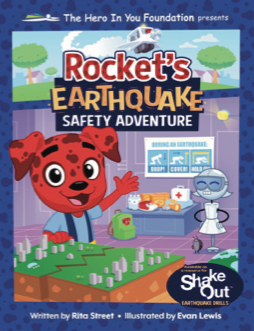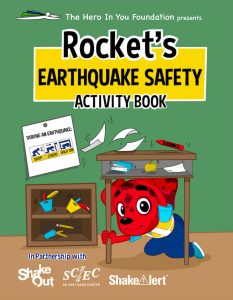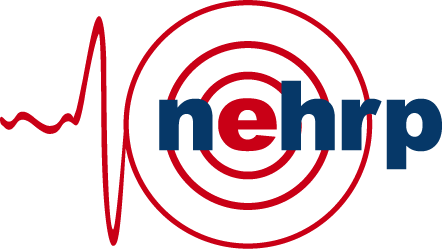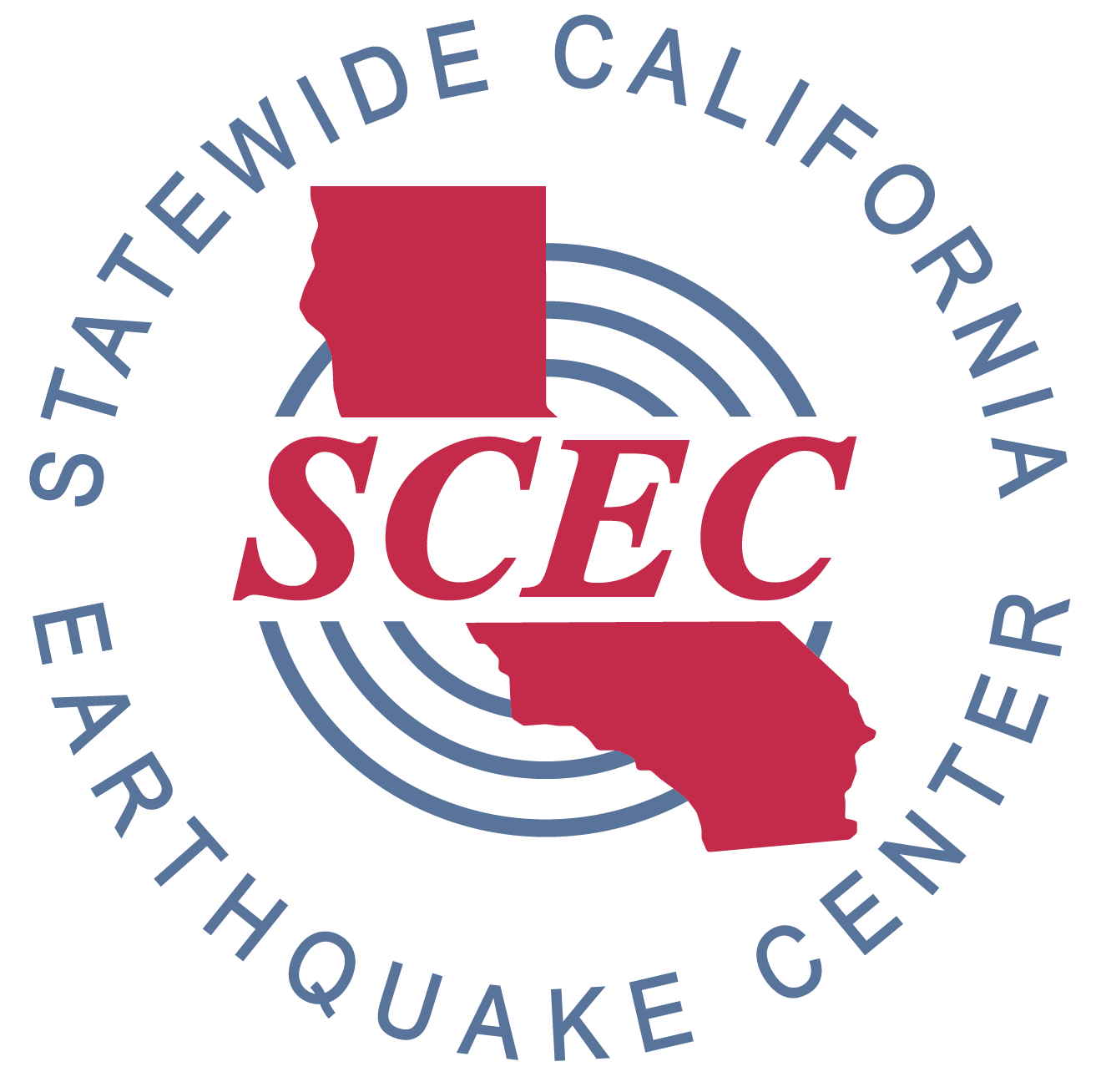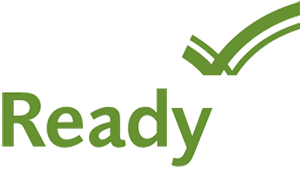- ▾ ShakeOut Regions ▾
- Alaska
- American Samoa
- Arizona
- British Columbia
- California
- Central U.S. (AL AR IA IL IN KS KY LA MO MS NE OH OK TN)
- CNMI
- Colorado
- Guam
- Hawaii
- Idaho
- Japan
- Montana
- Nevada
- New Mexico
- New Zealand
- NorthEast U.S. (CT MA ME NH NJ NY PA RI VT)
- Oregon
- Puerto Rico
- Quebec & Eastern Ontario
- SouthEast U.S. (DC DE FL GA MD NC SC VA WV)
- Texas
- Upper MidWest U.S. (MI MN ND SD WI)
- U.S. Virgin Islands
- Utah
- Washington State
- Wyoming
- Yukon
- Other Countries

K-12 Schools and Districts
NEW! Powerpoints for leading ShakeOut Drills (Online or In-Person)
For Grades K-4, Grades 5-12, Higher Education, and all other Organizations
Schools have many key roles during disasters, and when they are well prepared everyone benefits. Also, by holding their earthquake drills on the same day, they inspire the participation of many others.
This page provides:
- Drill Planning Resources basic instructions for how K-12 schools, districts, county offices and related organizations can plan their drill
- Educational Resources for teaching earthquake science and safety
- Preparedness and Safety Resources for assessing and improving school earthquake safety, including guidance for developing overall school natural hazard safety

Drill Planning Resources
The following materials are resources for administrators to develop plans for traditional on-site school ShakeOut drills.

ShakeOut Drill
Manual for
K-12 Schools
(PDF)
This document describes four levels of drills; pick the drill level that makes the most sense for your school or district. Each level builds upon the other and increases in complexity. Schools or districts that have been successful with a lower level should consider doing a more advanced drill during the ShakeOut.
- Level 1 – Simple: Drop, Cover, and Hold On Drill and Building Evacuation
- Level 2 – Basic: Life Safety Drill
- Level 3 – Intermediate: Decision-Making Table Top Drill
- Level 4 – Advanced: School Standard Emergency Management Simulation Drill

School Drill Model
and Templates
(Advanced)
(.doc)
(.pdf)
If you are planning to conduct a Level 3 or Level 4 drill, this document provides the following: model preparedness surveys, letters to parents, memos to faculty and staff, preparation and supply guidelines, model emergency response roles and responsibilities, drill evaluation forms and more. These model documents may serve as a helpful guide for schools and districts which do not already have standardized forms.
Excerpt: Download a self-survey for your planning purposes to check your current level of preparedness and get ideas on how to better prepare your school or district, as part of your ShakeOut Drill activities.
Additional resources:
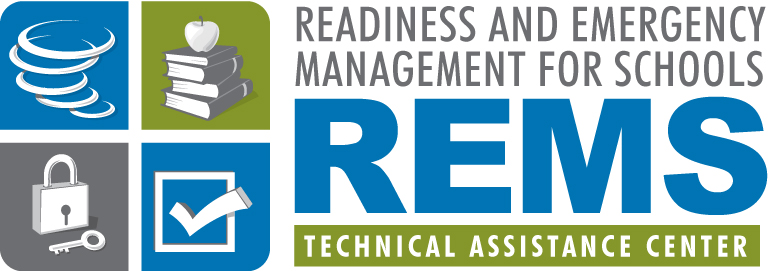
Extensive ShakeOut overview and drill planning resources from the Readiness and Emergency Management for Schools Technical Assistance (REMS TA) Center
REMS TA Collection of resources for natural hazards school planning (Scroll down and click "earthquakes")
Audio and Video "Drill Broadcast" recordings have been created to provide instructions during your Drop, Cover, Hold On drill.
5 Ways to Support Your Districts, an example from California for how County Offices of Education can support school district participation.
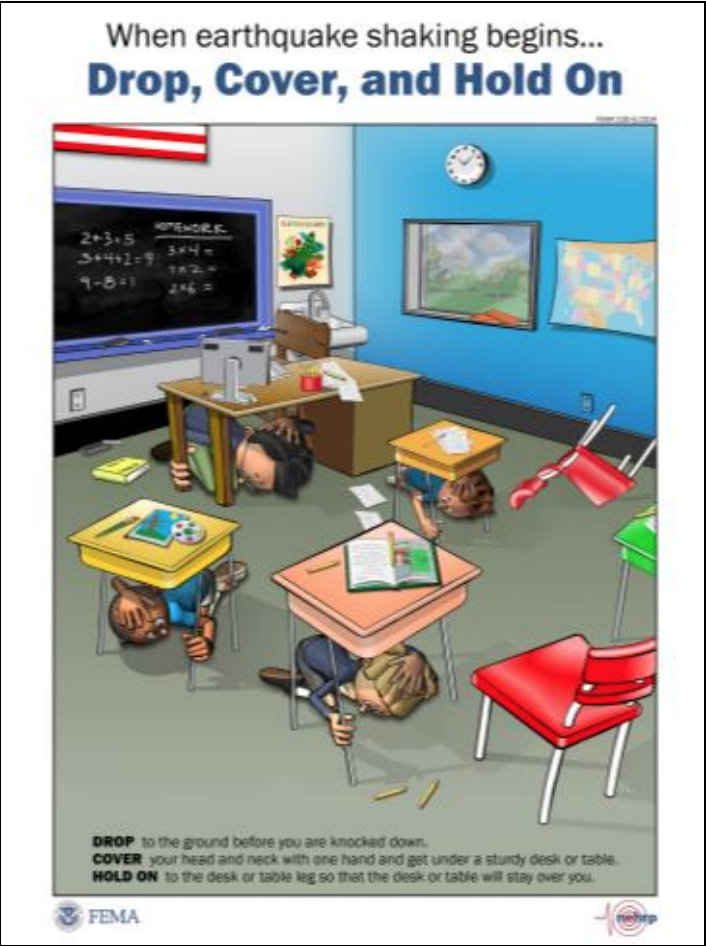
FEMA "Drop, Cover,
and Hold" Poster
(.zip archive of PDF files in multiple languages)
Ways to Raise Awareness of Your ShakeOut Drill:
- Invite your students' parents to register their families to participate in the ShakeOut. Use Parent/PTA meetings to spread the word.
- Record an auto-dial message to parents about your school's participation in the ShakeOut.
- Display posters about ShakeOut in classrooms and offices on bulletin boards. Put ShakeOut flyers at your public counters. Include a flyer in paycheck envelopes, or an article in your school newsletter.
- Hold a meeting among your parents and staff and share personal and family preparedness information and discuss what individuals and their families can do to ShakeOut. Have everyone register while at the meeting, especially those without internet access.
- Design and host preparedness events to encourage your client community to join the ShakeOut and prepare for disasters. Create alliances with other organizations to make the event a bigger success.
Earthquake Science and Safety Educational Resources
Excellent videos from the Oklahoma Geological Survey, for use anywhere!
General PSA for all:
Video for Elementary Schools:
Video for Middle Schools:
Video for High Schools:
Rocket Rules: Earthquake, Fire, and Other Safety Resources for Grades K-3
ShakeOut has partnered with the The Hero In You Foundation which has developed a variety of fun and informative safety videos, booklets, and other materials for K-3 grade students, about earthquake, fire, and other safety topics:
- Rocket's Earthquake Safety Adventure storybook
(English and Spanish) - Rocket's Earthquake Safety Activity Book
(English, Spanish, Chinese, Vietnamese, Tagalog, Armenian, French, Japanese, and Korean) and other activity sheets (English and Spanish) - Rocket's Rules for Safety and Rocket's Fire Safety coloring books, and other resources are also available at RocketRules.org
Simple Activities and Games
These activities are designed to increase student knowledge about earthquake science and preparedness. They can be done anytime in the weeks leading up to the ShakeOut drill. Each activity should last approximately half an hour and can be used in classrooms, museums, and other educational settings. They are not sequence-bound, but when used together they provide an overview of earthquake information for children and students of various ages.
Each activity has a guide, followed by matching activity sheets. Directions on how to conduct each activity and relevant background content for each topic can be found in the guide pages.
| Earth Science Activities | |||
| Tsunami in a Bottle | Guide and Materials (416 KB PDF) | ||
| Measure My Magnitude | Guide and Materials (PDF) | ||
| Fault Block Models | Guide and Materials (132 KB PDF) | ||
| Finding Plates by Plotting Quakes | Guide and Materials (PDF) | ||
| Mercalli Scale | Guide and Materials (348 KB PDF) | ||
Preparedness Activities |
|||
| My ShakeOut Story | Guide and Materials (PDF) | ||
| Beat the Quake | Guide and Materials (PDF) | ||
| Disaster Supplies Kit Concentration (game) | Guide and Materials (396 KB PDF) | ||
| Pass the Flashlight! (game) | Guide and Materials (268 KB PDF) | ||
| Safe Areas | Guide (88 KB PDF) | Materials (NOTE: 182 MB PDF- document contains large color photos and may take up a while to download depending on your connection speed.) | |
The following materials are resources for K-12 educators to help students prepare for the ShakeOut drill this October. The lesson plans and activities are organized by grade but they can be adapted for most grade levels.
FEMA 527 – Earthquake Safety Activities for Children and Teachers (PDF)
- Provides ready-to-use, hands-on activities for students and teachers explaining what happens during an earthquake, how to prepare, and how to stay safe during and after an earthquake.
- Contains reference section for FEMA Publications
Tremor Troop: EARTHQUAKES – A Teacher's Package for Grades K-6 (2002 edition)
- Tremor Troop publication includes matrices that link classroom activities to the National Science Education Standards
- Lessons introduce how earthquakes are defined, why and where earthquakes occur, the physical results of earthquakes, and how earthquakes are measured.
Seismic Sleuths: Earthquakes– A Teacher's Package for Grades 7-12 (1995 edition)
- Provides middle and high school teachers with information about the causes and effects of earthquakes.
- Discuss the causes of earthquakes, crustal stresses and the earth's structure, and their effects; seismic waves and the development of seismology; earthquake resistant design techniques; earthquake preparedness and historical earthquakes.
- Topics include: Latest Quakes, Learning Links & Earthquake Activities, Earthquake History, Science Fair Project Ideas, Animations, Earthquake Facts & Pictures, and Ask a Geologist.
- Links include: Earthquake Photo Collections, PowerPoint Slideshow, Animations for Earthquake Terms & Concepts, USGS Education Website, Store, Publications, and Maps.
School Preparedness and Safety Resources
There are many things schools and districts can do to evaluate and increase their earthquake preparedness before the ShakeOut.
Great Resource for School Administrators!
FEMA P-1000, Safer, Stronger, Smarter: A Guide to Improving School Natural Hazard Safety provides up-to-date, authoritative information and guidance that schools can use to develop a comprehensive strategy for addressing natural hazards, including earthquake, tsunami, flood, hurricane, tornado, and windstorm. It is intended to be used by administrators, facilities managers, emergency managers, emergency planning committees, and teachers and staff at K through 12 schools. It can also be valuable for state officials, district administrators, school boards, teacher union leaders, and others that play a role in providing safe and disaster-resistant schools for all. Parents, caregivers, and students can also use this Guide to learn about ways to advocate for safe schools in their communities. FEMA P-1000 presents information and guidance on:
- Identifying natural hazards that could potentially impact a school;
- Making new and existing school buildings safer for children and staff, and more resistant to damage during natural disasters;
- Planning and preparing for effective and successful response during a natural disaster;
- Recovering after a natural disaster as quickly and robustly as possible, and being better prepared for future events; and
- Engaging the whole community in the entire process in order to improve school and community disaster resilience.
Other suggestions and resources to help you identify what can be done soon:
- Download a self-survey for your planning purposes to check your current level of preparedness and get ideas on how to better prepare your school or district.
- Encourage your staff and parents to get ready: The Seven Steps to Earthquake Safety is a good source for things individuals and families can do to prepare.
- Do a facility inspection for non-structural items (bookshelves, equipment, etc.) that might fall and injure students and staff. Move or secure them to provide a safe teaching environment.
- Develop, review or exercise your Continuity of Operations plan with employees to identify and practice their responsibilities.
- Create or review your employee contact lists and communication plan.
- Locate utility shut off valves; make sure employees know the location, procedure and responsibilities.
- Inventory special skills within your school that would be useful in a disaster (amateur radio operator, search and rescue, etc.)
- Invite your local Fire Department to your next meeting to explain earthquake safety practices and demonstrate fire extinguisher use to employees.
- Include your critical need vendors in disaster planning. Create post-disaster agreements.
- Check the school’s emergency supplies to make sure that they are accessible and functional. Organize or refresh your emergency equipment - fire extinguishers, first aid, flashlights, food, crank radios, satellite phones, generator, fuel; make sure staff know the location and how to utilize supplies. Need information? Check the American Red Cross website.
- Be prepared for the possibility that your students and staff may need to shelter in place for 2 – 3 days.
- Store at least one gallon of water per person, per day.
- What other supplies might you need if transportation routes were blocked and employees or customers needed to remain in your facility for an extended length of time?
- Promote first responder and Community Emergency Response Team (CERT) training for your staff.
